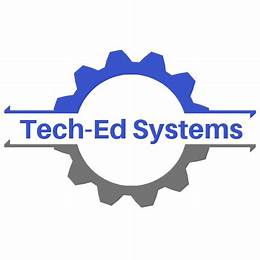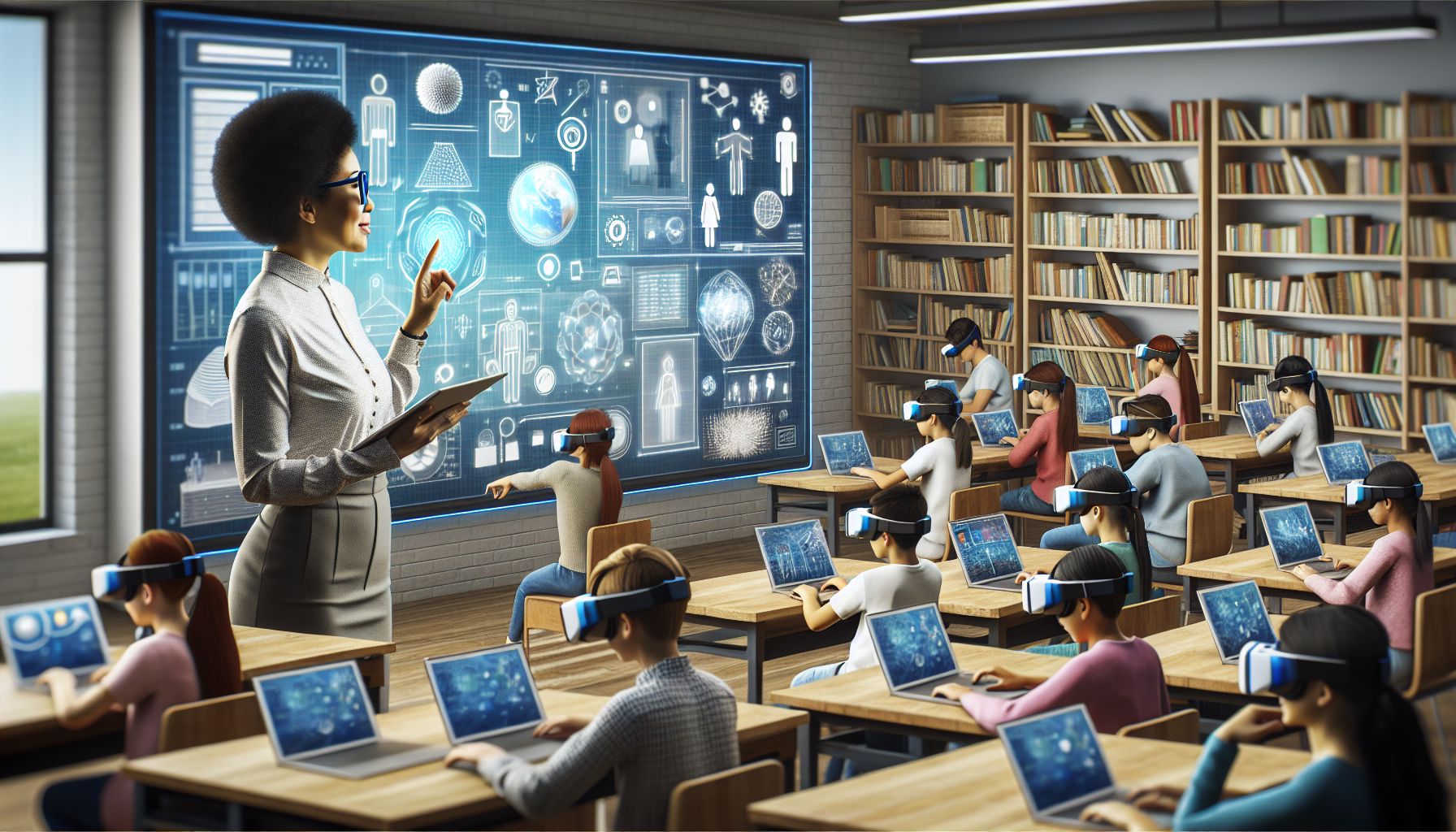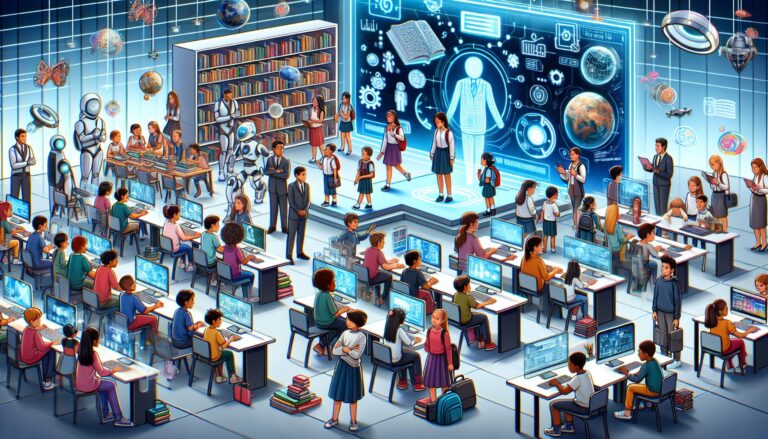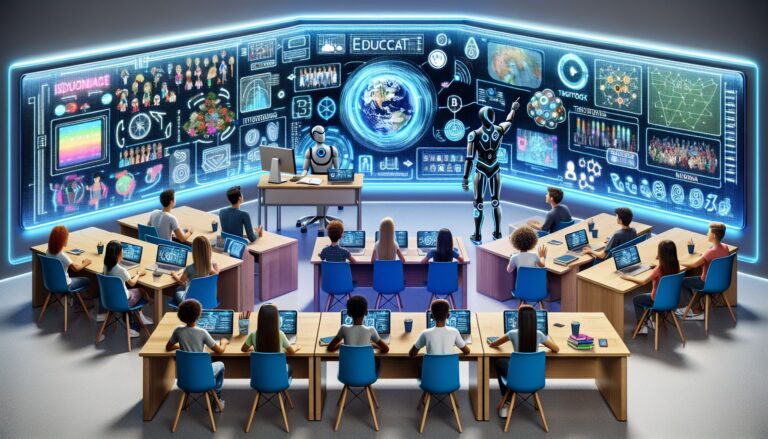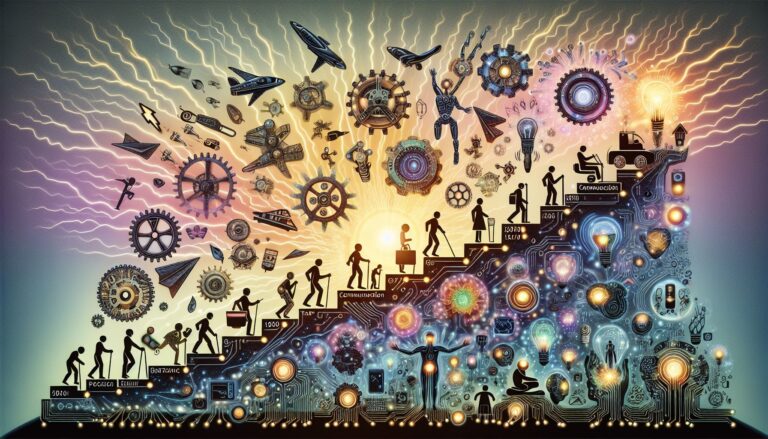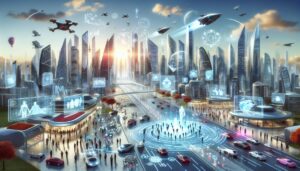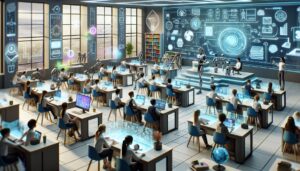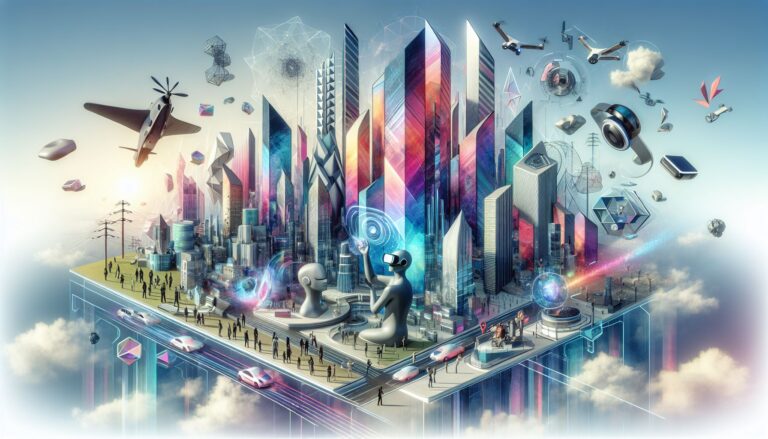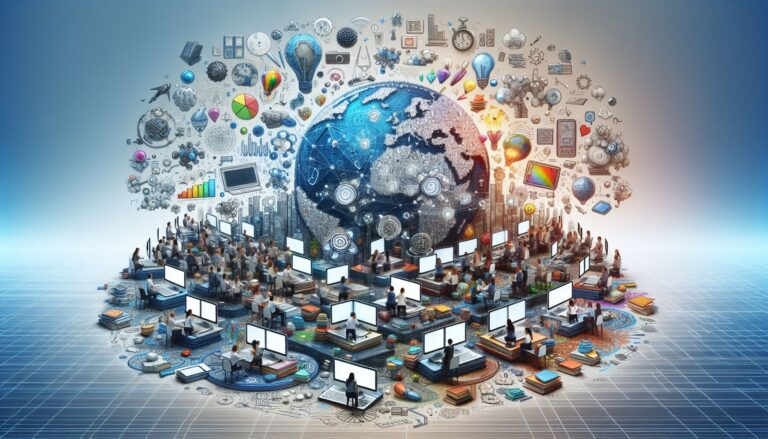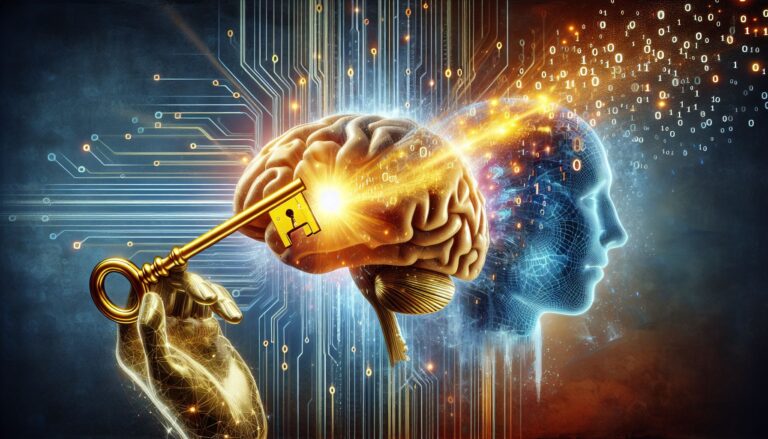The landscape of education is undergoing a seismic shift, with traditional classrooms morphing into dynamic learning environments that extend beyond their four walls. The once-familiar scent of chalk dust is increasingly replaced by the electronic hum of gadgets and gizmos all dedicated to enriching the educational experience. As we stand at the intersection of knowledge and digital innovation, we’re witnessing an unprecedented transformation in the way we teach, learn, and explore the corners of human intellect.
The infusion of technology into education has opened doors to interactive and personalized learning experiences, challenging the one-size-fits-all approach of yesteryears. From smart classrooms equipped with interactive whiteboards to adaptive learning software that tailors content to individual student needs, digital tools are not only redefining the role of educators but also reshaping the learning patterns of students.
Artificial intelligence (AI) stands at the forefront of this educational revolution, leveraging data to provide insights into student performance and enabling learning environments to be more responsive to individual progress. Gone are the days when feedback loops stretched across weeks; AI now facilitates real-time assessments, guiding students through personalized learning pathways. The potential of blockchain technology in securing and decentralizing student records and accomplishments offers a glimpse of a future where educational credentials are seamlessly transferable and free from institutional gatekeeping.
Similarly, the Internet of Things (IoT) is transforming the physical school environment into an intelligent ecosystem that interacts with learners and educators. IoT devices can be used to track attendance automatically, monitor classroom conditions for optimal learning, and even ensure student safety, thereby simplifying administrative tasks and allowing teachers to focus on teaching.
Yet, with all the digital fanfare, challenges persist. Online learning, while breaking down geographical barriers, has exposed issues such as the digital divide, where access to technology remains unequal. Adjusting pedagogical strategies to a virtual setting requires not only equipment but also a mindset shift for educators and learners alike. Moreover, the evolving nature of teacher-student interactions in the digital age poses questions about the impact on social development and the inherently human aspects of education.
As the educational fabric continues to be woven with threads of innovation, we are tasked with balancing technology’s capabilities with the essence of human learning. The classroom of the future may very well be a blend of both physical and virtual spaces, or it may transcend them entirely, creating learning experiences limited only by imagination.
The convergence of these technological advancements with enlightened pedagogy is crafting an educational narrative rich with possibility. No longer are learners confined to the printed page or the spoken word; they now have worlds of knowledge within their grasp, just a tap or swipe away. As we look to the horizon, one thing is clear: education will continue to evolve, bound neither by walls nor by conventional limitations. The journey into this bold new paradigm promises to be as fascinating as it is transformative, shaping not just how we learn today but how we will live and thrive in the tomorrows to come.
